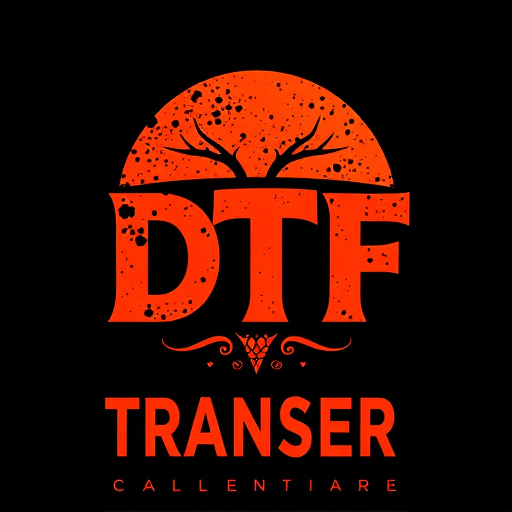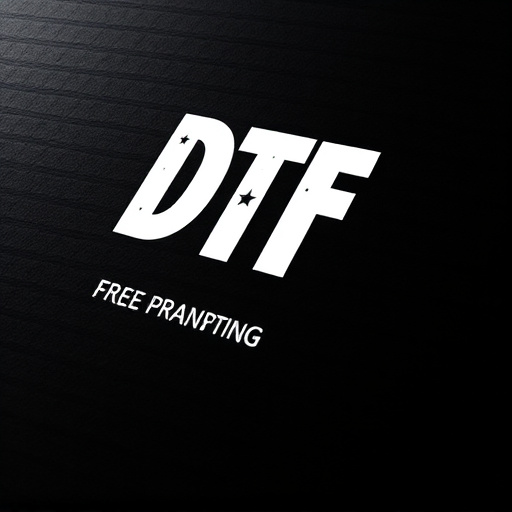Direct-to-Film (DTF) transfer is a modern printing technique that combines digital precision with traditional film aesthetics. It involves calibrating high-resolution digital images for color accuracy and resolution, then transferring them directly onto light-sensitive film stock using specialized equipment. The process results in archival prints with remarkable detail, dynamic range, and vintage appeal. Choosing the right equipment, including reliable printers, scanners, and premium materials, is crucial for achieving high-quality DTF prints. By mitigating common issues like low resolution and improper color calibration, enthusiasts can produce sharp, detailed prints. DTF transfer prints are gaining popularity in fine art galleries, commercial photography, and archival practices, offering a versatile method for showcasing visual art and preserving heritage.
“Unleash the timeless beauty of film with the revolutionary Direct-to-Film (DTF) transfer process. This article serves as your comprehensive guide to transforming digital photos into tangible, high-quality prints that rival traditional film. From understanding the DTF process to choosing the right equipment and avoiding common pitfalls, we’ve got you covered. Discover the benefits of DTF printing, explore real-world applications, and unlock a new era of authentic photographic expression.”
- Understanding Direct-to-Film (DTF) Transfer: A Comprehensive Guide
- The Process of Converting Digital Photos to DTF Format
- Benefits of Using DTF for Printing: Quality and Authenticity
- Choosing the Right Equipment for DTF Transfer and Printing
- Common Mistakes to Avoid in DTF Transfers and How to Fix Them
- DTF Prints in Action: Real-World Applications and Examples
Understanding Direct-to-Film (DTF) Transfer: A Comprehensive Guide
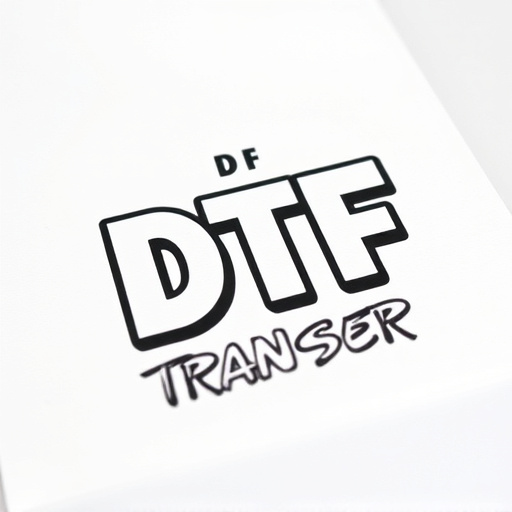
Direct-to-Film (DTF) transfer is a cutting-edge process that revolutionizes the way photographic images are printed and preserved. Unlike traditional printing methods, DTF bypasses the digital intermediate step, enabling photos to be transferred directly onto film stock, resulting in high-quality, archival prints. This technique offers a unique blend of vintage aesthetics and modern precision, appealing to both photographers seeking authentic representations of their work and art enthusiasts admiring the timeless beauty of film.
The DTF process involves several intricate steps. First, the digital image is carefully calibrated for optimal color accuracy and resolution. Then, specialized equipment etches the image directly onto a light-sensitive film emulsion. This direct exposure ensures a remarkable level of detail and dynamic range, often surpassing that of digitally printed alternatives. The final product is a film negative or positive, ready for development into physical prints, offering a tangible connection to the photographic art form.
The Process of Converting Digital Photos to DTF Format

Converting digital photos to a direct-to-film (DTF) transfer format is a specialized process that involves several precise steps. It begins with the high-resolution digital image being prepared for printing. This preparation includes color correction, sharpening, and ensuring the image meets the specific requirements of DTF printing. The image is then optimized for film emulsion compatibility, considering factors like contrast, density, and color balance to achieve a perfect translation from digital to film.
The actual DTF transfer process involves applying the prepared digital data onto a film base using specialized equipment. This can include advanced printers or direct writing systems that precisely deposit the image information onto the film. The film is then processed through chemical baths, including developing and fixing, to create a negative or positive print, ready for exposure on light-sensitive materials like glass plates or printing papers. The result is a DTF print, offering a unique blend of digital precision and traditional film aesthetics.
Benefits of Using DTF for Printing: Quality and Authenticity

Direct-to-film (DTF) transfer offers a multitude of benefits for printing photographic images, enhancing both quality and authenticity. Unlike traditional printing methods that can sometimes compromise detail and color accuracy, DTF preserves the original image integrity by directly transferring pigment onto film. This process results in prints with exceptional sharpness, vibrant colors, and fine texture, mimicking the look and feel of traditional photographic films.
Moreover, DTF provides an unparalleled level of authenticity for vintage or archival photography. By recreating the distinctive characteristics of specific film types, from grain structure to color profiles, DTF prints capture the essence of the original negative, making them valuable for collectors, photographers, and enthusiasts alike. Whether for artistic expression or historical preservation, DTF printing ensures that each reproduction is a faithful representation of the original photograph.
Choosing the Right Equipment for DTF Transfer and Printing
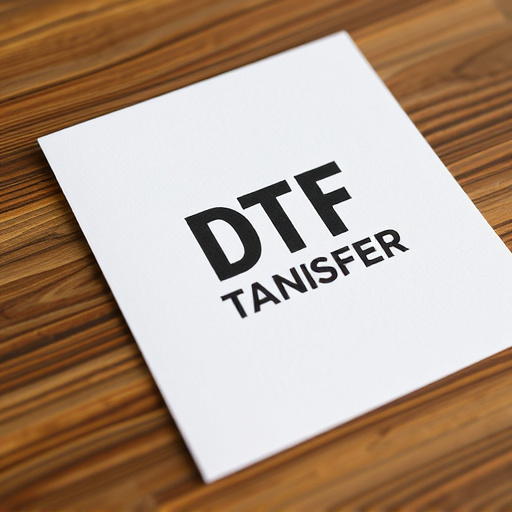
Choosing the right equipment is paramount for achieving high-quality results in DTF (Direct-to-Film) transfer and printing. The process demands precision and attention to detail, so investors should opt for professional-grade tools tailored for this specific task. Start with a reliable DTF printer known for consistent output and excellent image reproduction. Ensure it supports the desired resolution and color accuracy to match your photographic standards.
Complementing your printer, a top-tier film scanner is essential for digitizing your source images accurately. Look for models featuring high DPI (dots per inch) settings and advanced color management capabilities. Additionally, invest in premium transfer materials—high-quality film stock and associated chemicals—to ensure smooth emulsion coating and optimal image transfer. These components collectively form the foundation of a successful DTF workflow.
Common Mistakes to Avoid in DTF Transfers and How to Fix Them
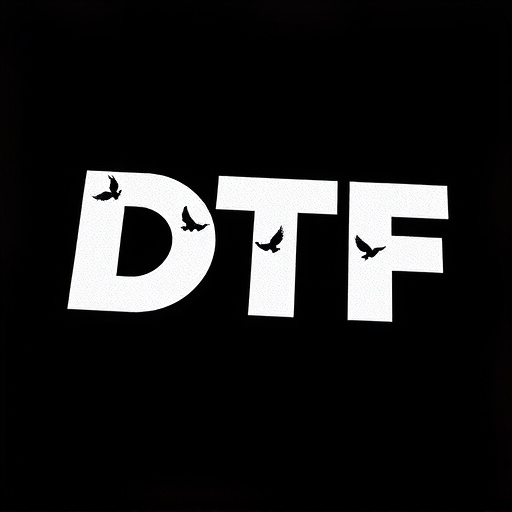
Converting photographic images to a direct-to-film (DTF) transfer format can be a captivating process, but it’s not without its pitfalls. Many enthusiasts and professionals encounter common mistakes that can impact the final DTF prints. One of the primary errors is using low-resolution or poorly cropped images. It’s crucial to ensure your source photos have optimal resolution and precise cropping to achieve sharp, detailed prints. Before initiating the transfer, verify the image quality and adjust the cutouts accurately to match the desired film format.
Another frequent issue arises from improper color calibration. Inaccurate colors in the final DTF prints can be attributed to overlooked color settings or inconsistent profiles. To rectify this, employ calibrated monitors and set up proper color management within your workflow. Regularly updating and comparing side-by-side tests of printed samples with original digital images will help you fine-tune your color corrections, ensuring faithful representations across the entire range of colors in your photographs.
DTF Prints in Action: Real-World Applications and Examples

Direct-to-film (DTF) transfer prints are transforming the way we capture and preserve images. In real-world applications, DTF offers a unique and artistic approach to printing photography. For instance, in fine art galleries, DTF prints exhibit vivid colors and intricate details that rival traditional silver halide films, providing an immersive viewing experience for art enthusiasts. These prints also find their place in commercial photography studios, where they enable rapid and cost-effective production of high-quality, one-off prints for advertising campaigns or personalized gifts.
Moreover, DTF technology is gaining traction in the archival and preservation sector. Museums and historical societies are utilizing DTF to create accurate, long-lasting replicas of precious photographs and artworks. This method ensures that irreplaceable artifacts can be shared and enjoyed by future generations without risking damage during handling or display. The versatility of DTF transfer prints promises to revolutionize not only artistic expression but also the way we interact with and preserve visual heritage.



